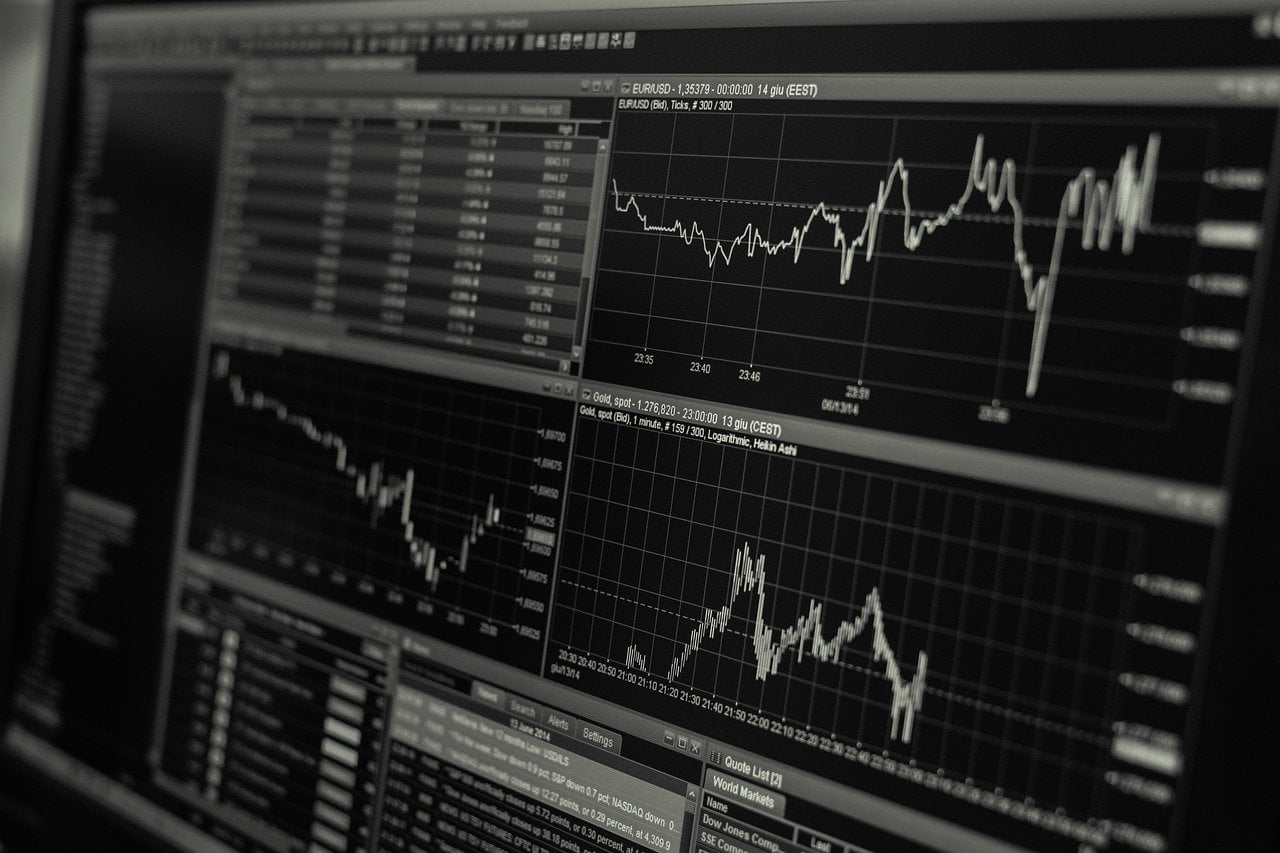Today’s CAPE value is 38. The mean CAPE value is 17. Buy-and-Holders are okay with that. They believe that whatever value the market assigns to stocks is the value that should apply. Valuation-Informed Indexers do not agree. We believe that the fair-market valuation level is the best valuation level. So we would like to see a CAPE of 17 instead of 38.
Q2 2021 hedge fund letters, conferences and more
The Prospect Of A Massive Price Crash
There are so many ways in which the world would be a better place if today’s CAPE were 16. The most obvious is that we would not have the prospect of a massive price crash turning up in the next year or two or three. A price crash is to an economic system what a heart attack is to a human body. No one thinks heart attacks are a good thing. If we were all thinking clearly, we would all view price crashes with an equal distaste and do everything in our power to limit our chances of seeing them. Market timing anyone?
But it is not just the dark cloud of a possible price crash that makes today’s CAPE value unappealing to me. Stock overpricing messes up just about everything in the society that tolerates it.
If today’s CAPE value were 16, the national saving rate would be higher. When people are deciding how much to save, they compare the short-term rewards of spending against the long-term benefits of saving. Spending usually looks better when hyped-up stock valuations are generating mountains of free money. If stocks were priced properly, people would be more able to compare spending and saving effectively. They would be better able to make money choices that serve their best interests. A mountain of irrational exuberance has been blinding us all to the benefits of saving for a long time now.
Many companies that today appear to be thriving concerns would never have gotten off the ground had the CAPE value remained near 16. On first impression, this might appear to be a good thing. We of course like to see companies creating value for consumers and profiting from doing so. But the full reality here is very much a negative. The next price crash will contract consumer buying power and put those companies out of business. Any companies that depend on the generation of trillions of dollars of irrational exuberance to make it would have been better off to have been put out of their misery in an earlier day. The human energies that are being directed to keep those companies going would be better directed to the success of entities that offer enough value to the world to survive a complete bull/bear cycle.
Our ability to function well as a democracy is being compromised by our high CAPE value. Voters care more about economic success than anything else. So the good economic numbers that we enjoyed during the presidency of Donald Trump certainly made him and his policies more popular. How popular would Trump and his policies have been had he not had the wind at his back by virtue of the massive pumping-up of stock prices? And how much will assessment of President Biden and his policies be negatively affected if we see a return to fair-value stock prices during his Administration? Do we really want to be judging our political leaders according to where in the bull/bear cycle their days in office happen to land?
If Today's CAPE Value Was 17
The investment advice field would be an entirely different place if today’s CAPE value were 17 rather than 38. I have been trying to get the errors in the Buy-and-Hold retirement studies (they lack adjustments for the valuation level that applies on the day the retirement begins) corrected for 19 years now. The primary resistance to the idea is that acknowledging that the safe withdrawal rate is a number that varies with changes in valuation levels would cause investors to see clearly that stock gains generated only by irrational exuberance are not real, lasting gains. If the CAPE level were reasonable, that would not be an issue. In that alternative universe, we would all favor the idea of reporting the safe withdrawal rate honestly and accurately. Which would mean that we could plan for our retirements more effectively.
And not just that. In a world in which market timing was widely accepted as absolutely required (price discipline is the magic that makes all markets work), people in this field would be creating all sorts of tools to help us engage in market timing effectively. We would have calculators telling us how often we need to engage in market timing and how much we should lower or increase our stock allocation when we do so. People would write books helping us to rein in the Get Rich Quick impulse that makes Buy-and-Hold strategies so popular and stock investing so dangerous. It doesn’t do much good to write such books when the vast majority of investment advisors are assuring investors that there is no need to worry about stock prices even when they reach levels of more than two times their fair value.
A CAPE value of 17 is best. It is the honest stock valuation level. Everything works better when stocks are priced honestly.
Rob’s bio is here.













